

How to Master Barista Coffee Techniques for the Perfect Brew Every Time
In the world of coffee, mastering the art of brewing is essential for any aspiring barista, and achieving the perfect cup of Barista Coffee can transform a simple beverage into a delightful experience. With countless brewing techniques, equipment options, and flavor profiles to explore, honing these essential skills is not just about following recipes but understanding the nuances of coffee extraction.
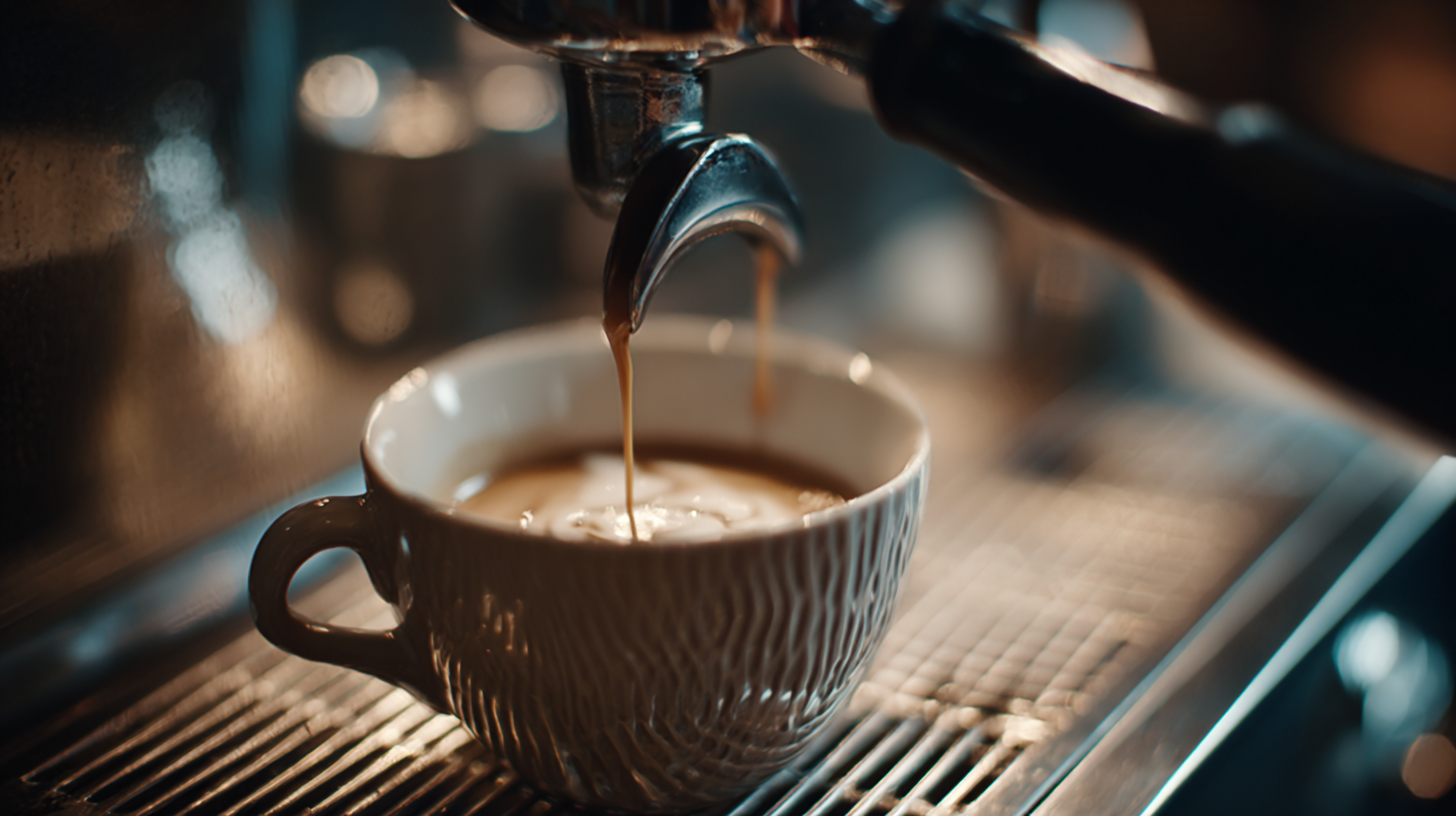
In this guide, we will delve into the fundamental techniques and tips that will enable you to elevate your Barista Coffee skills, ensuring that every brew is a reflection of your passion and expertise. From the importance of freshly ground beans to the science behind water temperature and extraction time, each aspect plays a crucial role.
So, prepare to embark on a journey that will not only enhance your knowledge but also inspire confidence in your coffee-making abilities, allowing you to serve up the perfect brew every time.
Essential Equipment for Crafting the Perfect Cup of Coffee
When it comes to crafting the perfect cup of coffee at home, having the right equipment is essential. Investing in quality coffee makers can significantly enhance your brewing experience. A reliable drip coffee machine offers the convenience of brewing multiple cups at once, while pour-over gadgets allow for precise control over extraction, resulting in a richer flavor. Espresso machines, though a bit more complex, give coffee enthusiasts the ability to create café-quality drinks right in their kitchens.
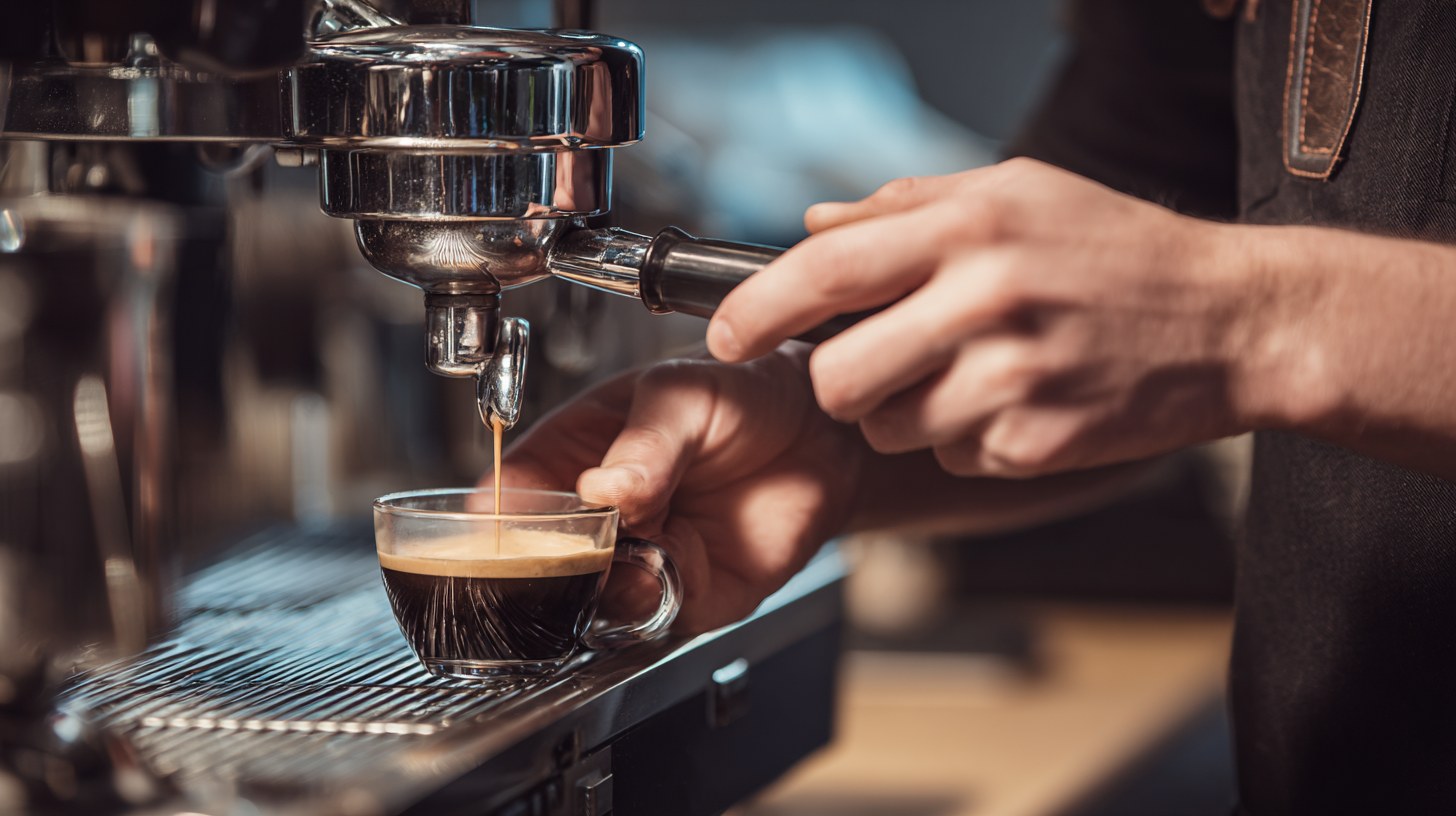
Tips: When selecting a coffee maker, consider your brewing style and the type of coffee you enjoy most. If you love to experiment, look for machines that offer customizable settings. Additionally, pay attention to the build quality; a well-constructed coffee maker can last years and ensure consistent results. Don't overlook accessories like grinders and quality coffee beans, as they also play a crucial role in the brewing process.
With the right equipment in your corner, you’ll be well on your way to mastering barista techniques and enjoying delicious coffee every day. Consider joining local coffee workshops or online courses to further hone your skills and knowledge, further elevating your home brewing experience.
Understanding Coffee Bean Varieties and Their Flavor Profiles
Understanding coffee bean varieties is essential for mastering barista techniques and achieving the perfect brew. Coffee beans primarily fall into two categories: Arabica and Robusta. According to the International Coffee Organization, Arabica accounts for approximately 60-70% of global coffee production, favored for its mild and complex flavor profile. Arabica beans typically exhibit a wide range of flavors, from floral to fruity, depending on their origin—Ethiopian beans, for instance, are known for their bright acidity and berry notes, while Colombian beans often showcase a nutty and caramel sweetness.
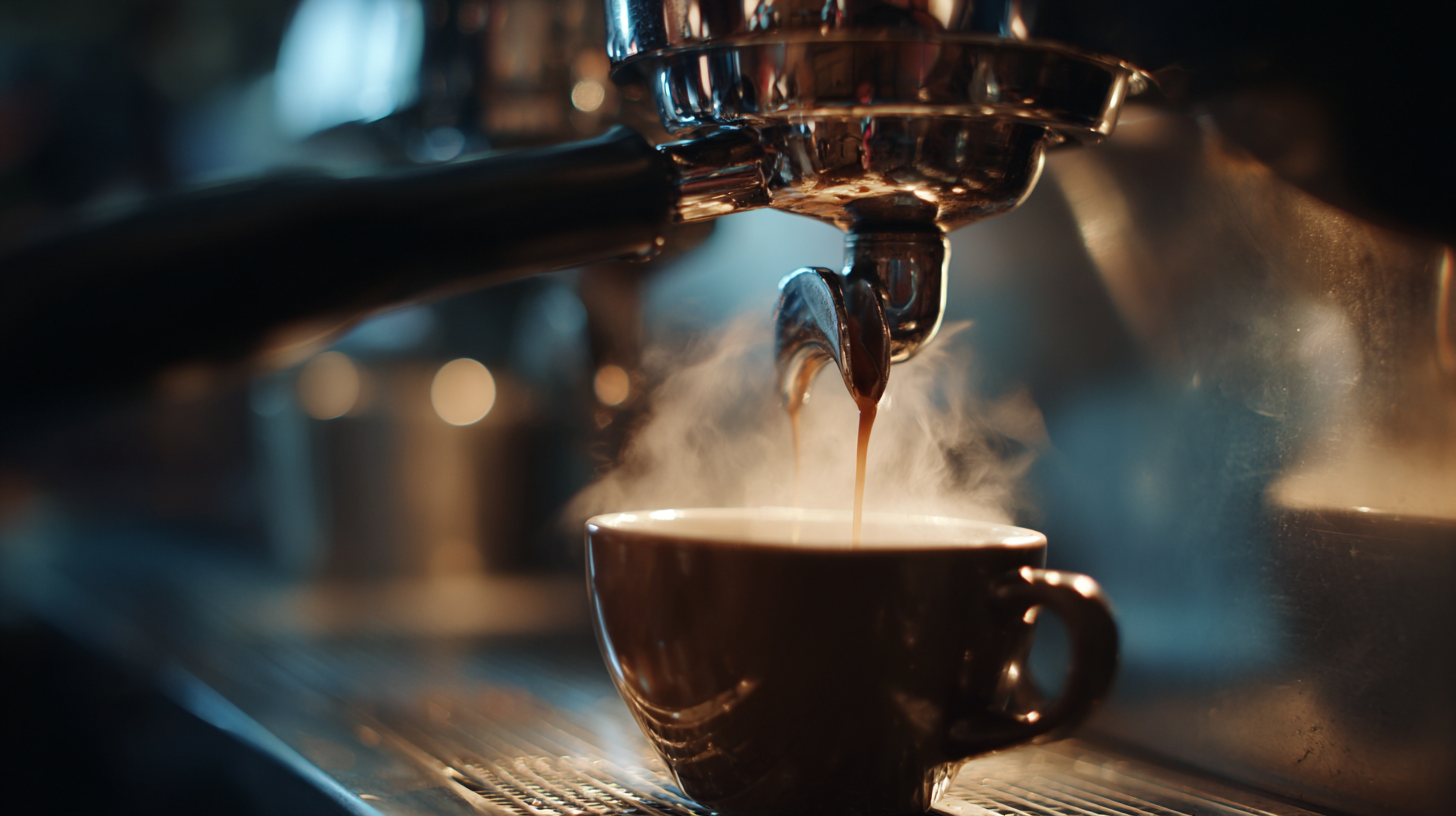
On the other hand, Robusta beans, which make up around 30-40% of global production, are known for their stronger, more bitter taste and higher caffeine content. This makes them ideal for espresso blends, providing a full-bodied flavor and thick crema. Reports from the Specialty Coffee Association highlight that understanding these varietals is crucial, as they influence not just the taste but also the brewing methods. For instance, the specific grind size and brewing temperature can dramatically affect the extraction, enhancing the unique characteristics that each variety offers. By recognizing these differences, aspiring baristas can tailor their techniques and ultimately elevate the coffee experience for their customers.
Mastering Brewing Methods: From French Press to Espresso
To truly master coffee brewing techniques, it's essential to understand the nuances of different methods, from the robust French Press to the precise art of espresso. The French Press, for example, allows for a full-bodied extraction of flavors; studies show that this method can extract up to 30% more oils and compounds compared to other methods, providing a richer taste. The ideal brewing time for a French Press is typically 4 minutes, allowing the coffee to develop its unique characteristics while maintaining balance.
On the other hand, espresso is a concentrated form of coffee brewed by forcing hot water through finely-ground coffee beans. The Specialty Coffee Association (SCA) indicates that espresso requires a fine grind and a brew ratio of 1:2, which means for every gram of coffee, you should aim for roughly two grams of liquid. This method emphasizes precision, where even slight variations in grind size, time, and pressure can affect the final shot. By honing both methods, coffee enthusiasts can unlock a wide spectrum of flavors, ensuring a perfect brew every time they step behind the machine.
Mastering Barista Coffee Techniques: Brewing Methods Comparison
Perfecting Milk Frothing Techniques for Creamy Beverages
Perfecting milk frothing techniques is essential for any aspiring barista looking to create creamy, indulgent beverages that tantalize the taste buds. The key to achieving the perfect microfoam lies in the quality of the milk used, as well as the temperature and technique during frothing. Start with fresh, cold whole milk, which creates the richest texture and flavor. As you heat the milk in your steaming pitcher, angle the steam wand just below the surface to introduce air, beginning the frothing process. This incorporation of air creates that velvety microfoam, essential for lattes and cappuccinos.
Once the milk reaches about 140°F to 150°F, which is optimal for flavor and texture, it’s time to integrate the foam into your espresso. Use a gentle swirling motion as you pour, allowing the microfoam to blend seamlessly with the espresso while creating those sought-after latte art designs. Practicing this technique enables you to manipulate the density and consistency of the foam, ensuring every cup is a visually appealing masterpiece. Mastering these techniques not only enhances the overall coffee experience but also boosts your confidence as a barista, making each brew truly exceptional.
Achieving Consistent Extraction: Grind Size, Water Temperature, and Timing
Achieving consistent extraction is fundamental for crafting the perfect cup of coffee. Key factors include grind size, water temperature, and timing—each playing an essential role in flavor and aroma extraction. According to the Specialty Coffee Association, optimal grind size significantly influences the extraction rate: finer grounds increase surface area, promoting more efficient extraction, while coarser grinds can result in under-extraction, yielding sour flavors. A balanced approach is crucial; experimenting with grind sizes can lead to the desired taste profile.
Water temperature also affects extraction consistency. The ideal brewing temperature is typically between 195°F to 205°F (90°C to 96°C). Research indicates that water beyond this range can cause over-extraction, resulting in bitter notes. Conversely, water that is too cool may lead to a weak, underwhelming cup. Maintaining a consistent brewing temperature ensures that you draw out the right compounds from the coffee grounds.
**Tips:** For optimal results, use a burr grinder to achieve uniform grind size. Always measure your coffee by weight—aim for a ratio of 1:15 coffee to water for a balanced brew. Lastly, timing your brew is critical; aim for around 25-30 seconds for espresso and 4-5 minutes for a French press to ensure the perfect extraction. By tuning each of these factors, you can elevate your barista skills and enjoy remarkably consistent coffee.
| Coffee Type | Grind Size (Microns) | Water Temperature (°C) | Brew Time (Seconds) | Extraction (%) |
|---|---|---|---|---|
| Espresso | 200 - 400 | 90 - 96 | 25 - 30 | 18 - 22 |
| Pour-Over | 400 - 800 | 90 - 94 | 3 - 4 | 15 - 20 |
| French Press | 800 - 1000 | 90 - 95 | 4 - 5 | 14 - 18 |
| Cold Brew | 1000 - 1400 | 4 - 20 | 600 - 900 | 10 - 14 |
Related Posts
-
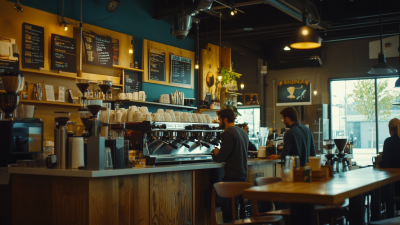
Navigating the Rise of Specialty Coffee in 2025 How to Leverage Barista Coffee Trends for Global Success
-
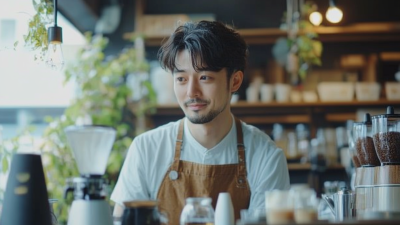
Navigating Global Trends in Barista Coffee for 2025 and How to Source the Best Beans
-
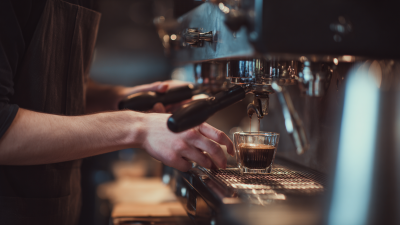
Top Strategies for Sourcing the Best Barista Coffee on a Global Scale
-

6 Incredible Ways Coffee Robot Barista Enhances Your Coffee Experience
-
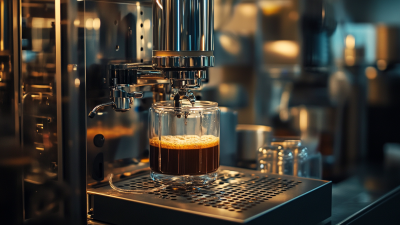
The Definitive Handbook to Coffee Robot Machines: Transforming Your Brewing Experience
-
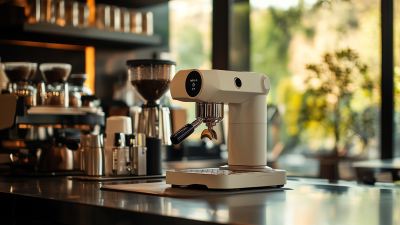
Revolutionizing Coffee Experiences with the Latest Robot Coffee Machines for Global Buyers